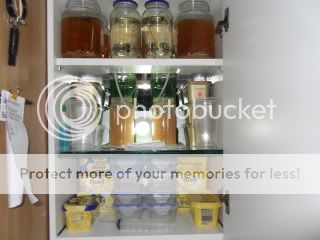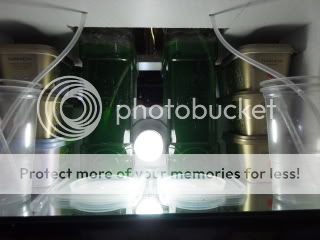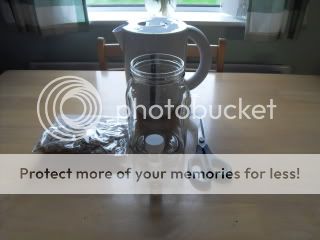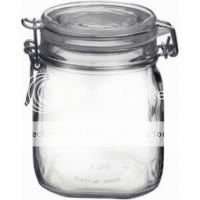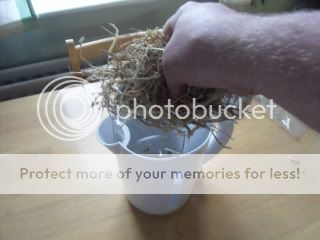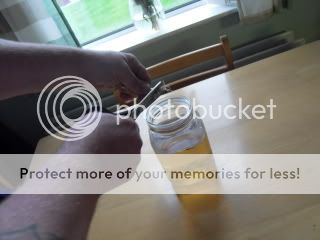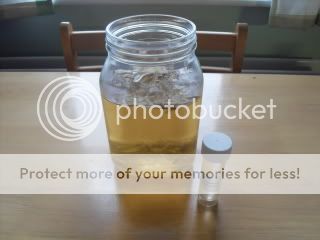I culture a lot of livefoods at home.
Paramoecium, Wingless Fruitfly, Vinegar eel, Microworm, Bananaworm, Whiteworm, Grindalworm, Daphnia and Moina. I hatch Artemia and Fairy shrimp
I also culture algae (green water) on which to feed the Daphnia, Monia & Fairy shrimp.
Before I found this method I used to culture infusorians using a dried milk powder method, whilst it worked it did not provide me with a high degree of constancy that I wanted.
I now culture paramoecium from a lab strain because it's simple and very easy to do.
Much more reliable than haphazard infusoria. It lasts longer and I have it on tap so to speak as and when it's needed.
Let me share with you my method......
Paramoecium is a very small Protozoa. It is only just visible to the naked eye and is better viewed using a strong magnifying lens. It moves about the water column, feeding on bacteria, using an arrangement of hair like filaments (cilia) along its body. It is a very good food to have in your killifish larder for feeding to the smaller species fry. These minuscule animalcules are ideal for feeding to fish fry which are too small to accept artemia and microworms as their first food upon hatching from the egg.
Culturing Paramoecium is relatively easy but your vessels need to be maintained on a rotational basis in order to keep the culture going.
In the following article I will show you how I set about culturing this fascinating little creature.
For the most part the items you will need are all available on the high street they are as follows;
Pure Paramoecium starter culture (Contact me for details)
Square slab sided Mason Jar with French Clip Lid
Small bale of Straw or Hay (pet bedding)
Bicarbonate of Soda
Electric Kettle
Pipettes
Household scissors
Mason Jar...I discarded the French Clip lid and gasket.
First thing you will need is a pure Paramoecium culture, one that is not contaminated with any other protozoans which may feed on the Paramoecium.
Boil a handful of straw in the electric kettle and leave to cool. When it has done so pour about 1.5 ltrs into your glass pickling jars. you will probably find that the amber coloured water is a bit acidic. If it is, you should then counteract this with a little Bicarbonate of Soda to make the pH neutral (7.0)
The next step is to take the boiled straw from the kettle, and with some household scissors snip some 2cms cuttings into your liquid in the jar. 10-12 snips will be adequate.
Finally pour in your starter culture and store in a warm, lit room (but not in direct sunlight).
The culture will take around a week to really be suffused with these tiny little creatures as they feed and sub-divide, but visible signs will be there after a few days as the liquid clears somewhat.
After a period of two weeks it is time to set up a couple of new cultures (sub-divide) as the original one will be starting to wane. At their peak these cultures are absolutely teeming with life, dont take my word for it, try it for yourself.
Note: Do not use the same pipettes for feeding etc, to avoid transferring of liquids from vessel to vessel for fear of contaminating your culture.
This Hay Infusion method is much more reliable and the Paramoecium is always there when needed.
Quite a simple and easy protozoa to culture, that if properly maintained will last indefinitely.
Purchasing a 20x Jewellers Eyeglass or Loupe (Cheap from Flea Bay) will help you see what your looking at.
Regards
C

 /www.google.co.uk/imgres?imgurl=http
/www.google.co.uk/imgres?imgurl=http